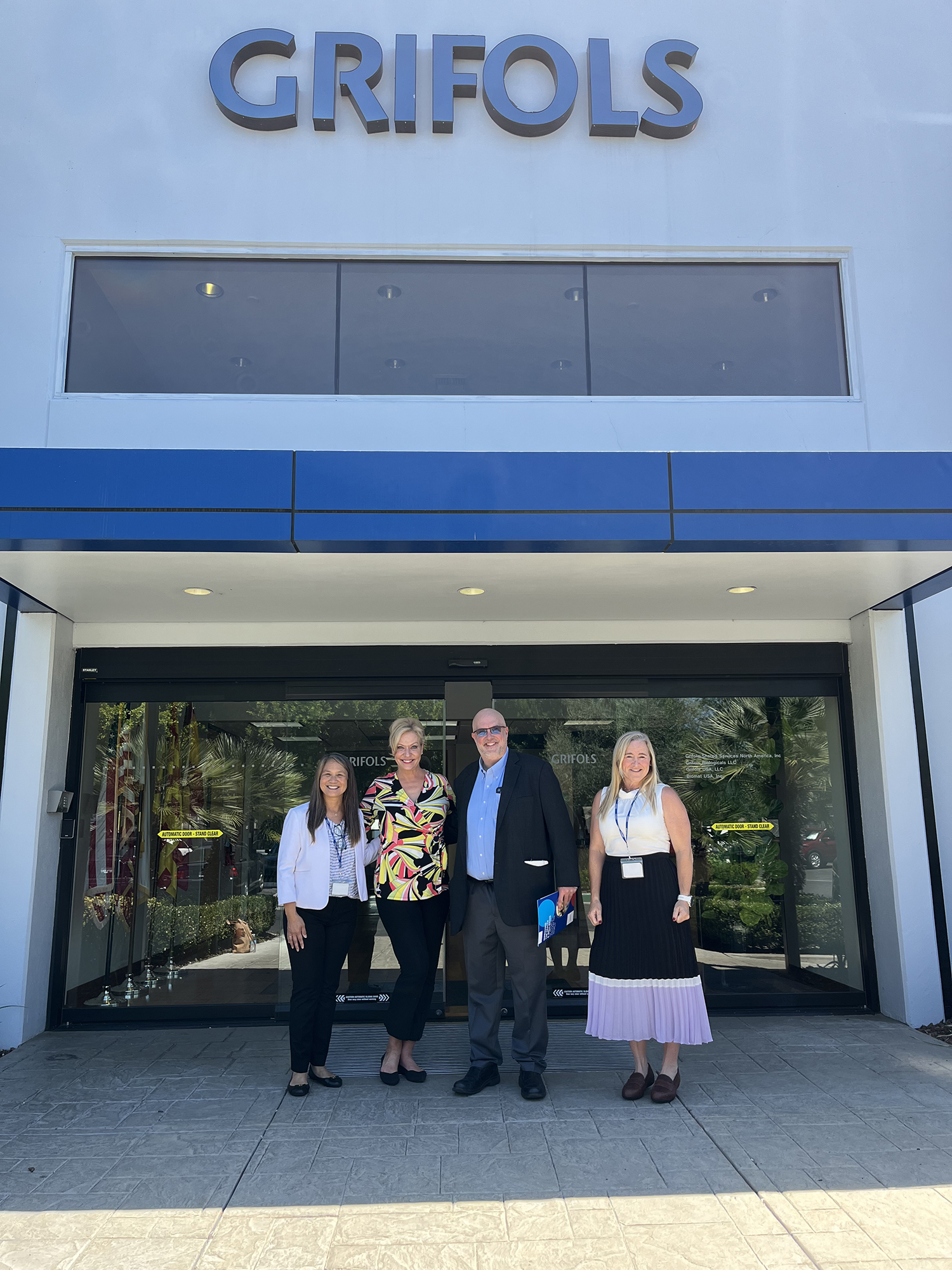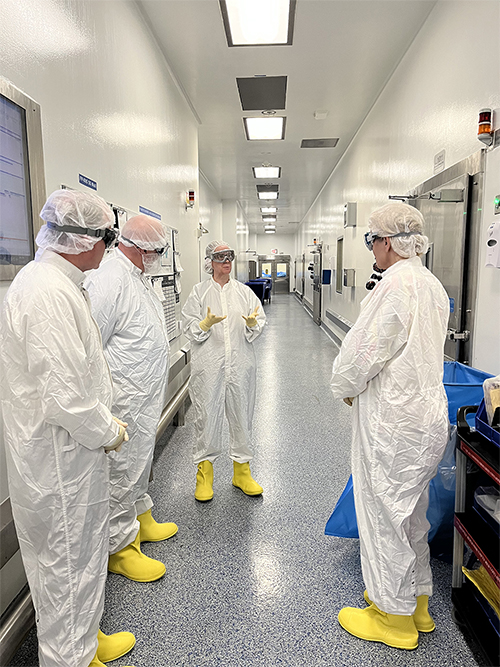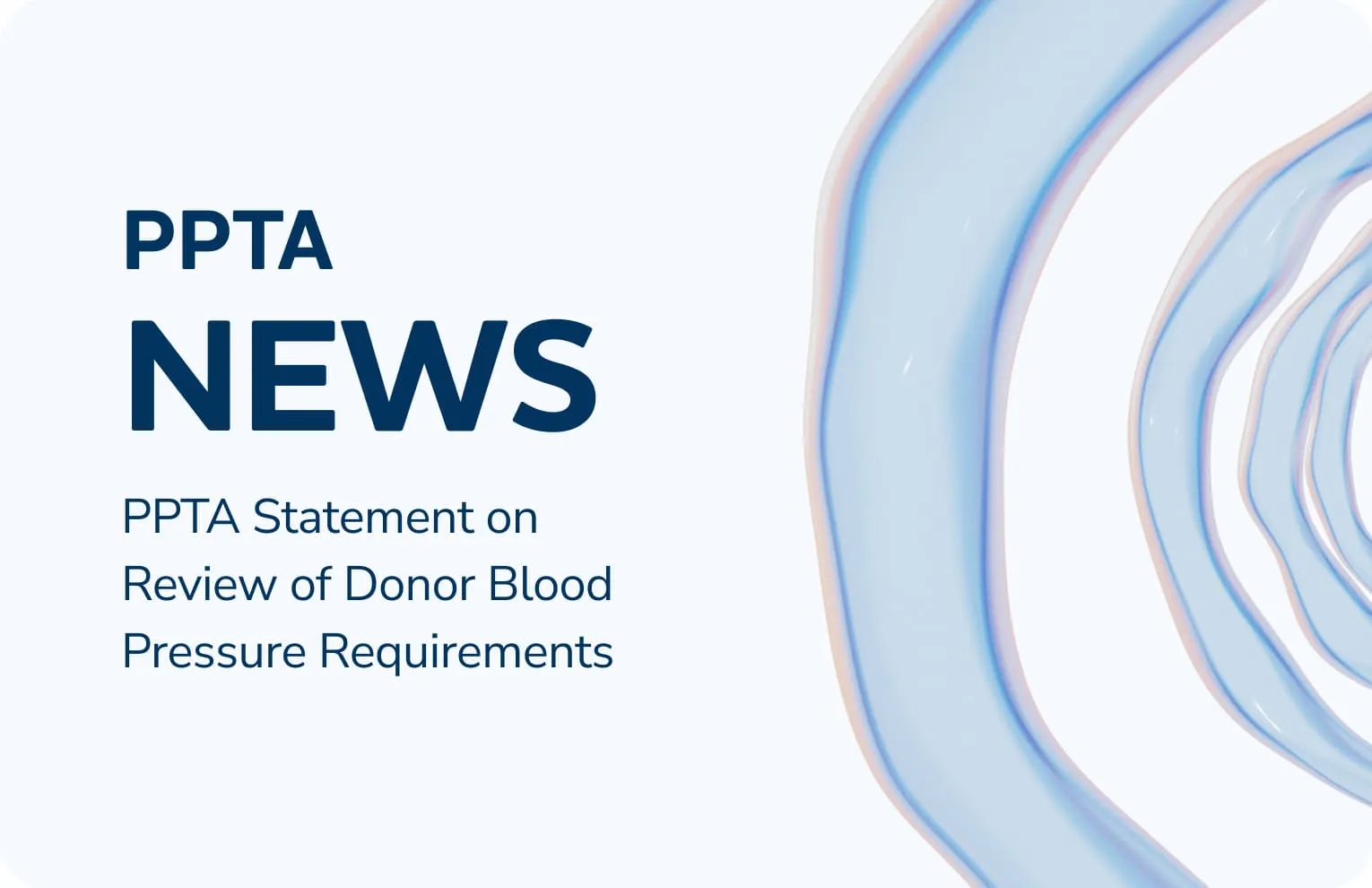By Anita Brikman, PPTA President & CEO
When taking on a new role in a sector of biologics - as I have recently, as the President & CEO of the Plasma Protein Therapeutics Association-one researches every aspect of that industry. But nothing replicates an in-person visit to see firsthand what this industry does. PPTA represents the collectors of plasma and the manufacturers who transform it into lifesaving and life-improving medicines derived from human plasma. I have learned that the entire manufacturing process, which includes a technique called fractionation, can take up to 12 months from the time plasma is collected. From each donation of plasma comes proteins and antibodies that help people deal with rare diseases, such as hemophilia, primary immune deficiencies, neurological conditions and many others. Plasma-derived medicinal products (PDMPs) also treat rabies, tetanus, shock and trauma, as well as burns. Plasma donation provides the starting material, but it is the fractionation process that extracts these proteins and antibodies to create the infused or injected medicines that can change a person’s life.
Recently, I had the opportunity to visit two fractionation plants in Los Angeles, owned and operated by Grifols and Takeda, two member companies of PPTA. These visits were profoundly valuable in advancing my understanding of the complex and highly regulated protocols that surround the fractionation process, as well as the dedication of so many employees to deliver safe, high-quality, and effective products.

Grifols’ manufacturing facility employs 1,000 people and has a fractionation capacity of 2.2 million liters. The equipment used in manufacturing is designed by Grifols, a family legacy of innovation that began in the early1900’s. During the tour, we took all precautionary measures that employees observe, donning protective gear and moving through progressively more stringent levels to ensure the highest level of safety. We witnessed first-hand how plasma collected at donation centers moves through the fractionation and purification processes and the safety protocols in place throughout that journey, in which each donation is meticulously documented and tracked.

I had an equally inspiring and educational experience at the Takeda fractionation facility, which celebrates its 70th anniversary this year.

There are 900 dedicated employees who help supply products to more than 75 countries. During this tour, we went through similar stringent protocols for the safety, purity, and potency of the life-saving products manufactured there. I was impressed by the size of the plasma fractionation tanks at both plants; the sheer volume of plasma needed to produce PDMPs cannot be underestimated. That is why dedicated plasma donors are so important in this process that ultimately benefits patients around the world. PPTA, and our member companies, are singularly committed to both donor and patient safety, health and well-being.







